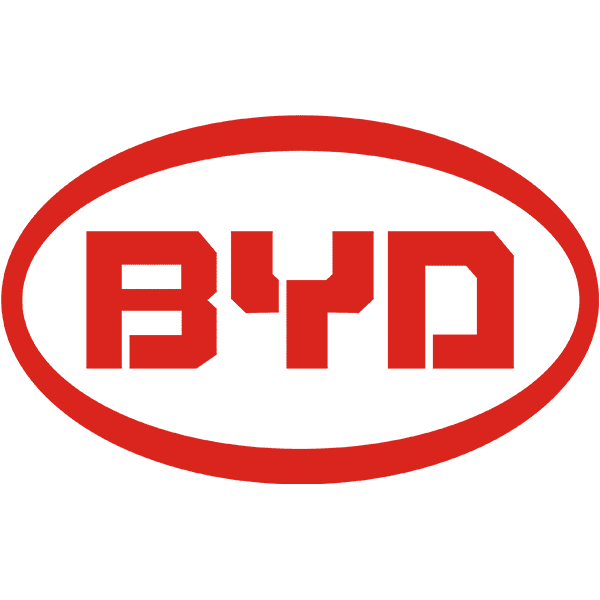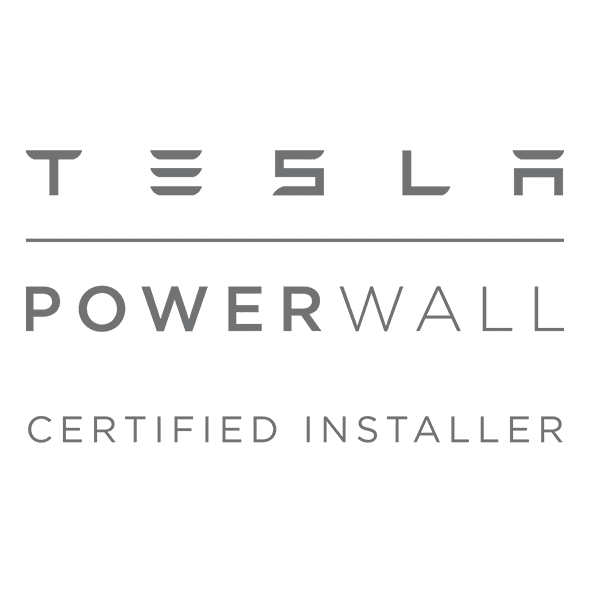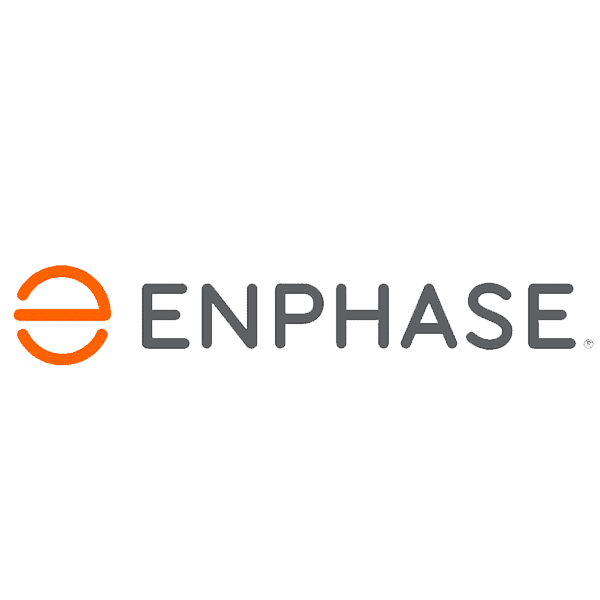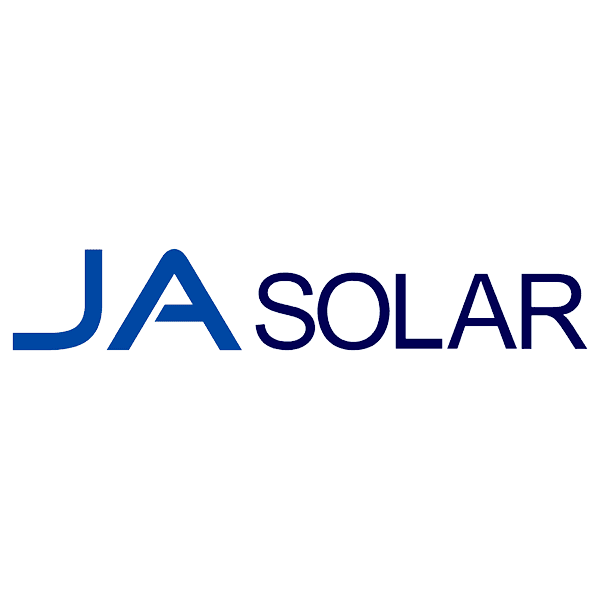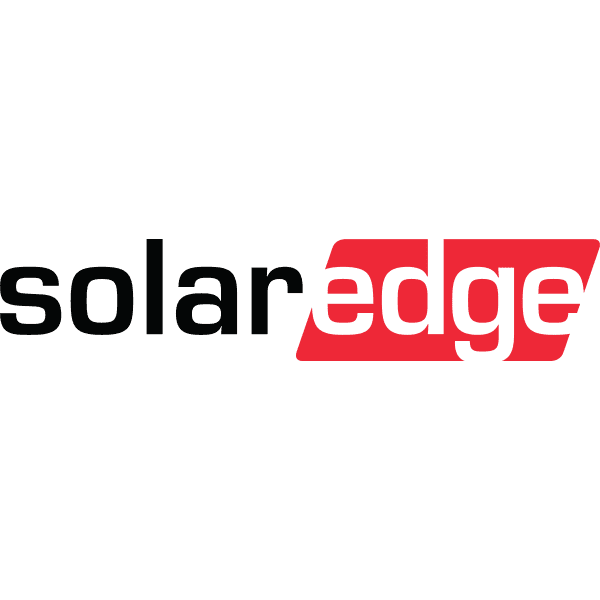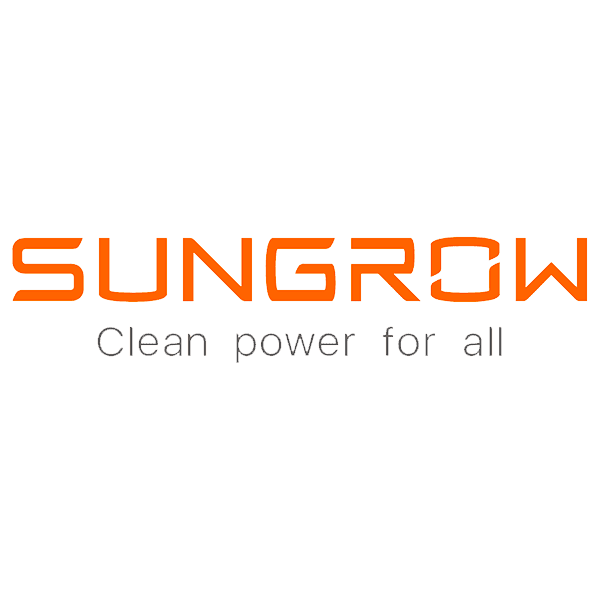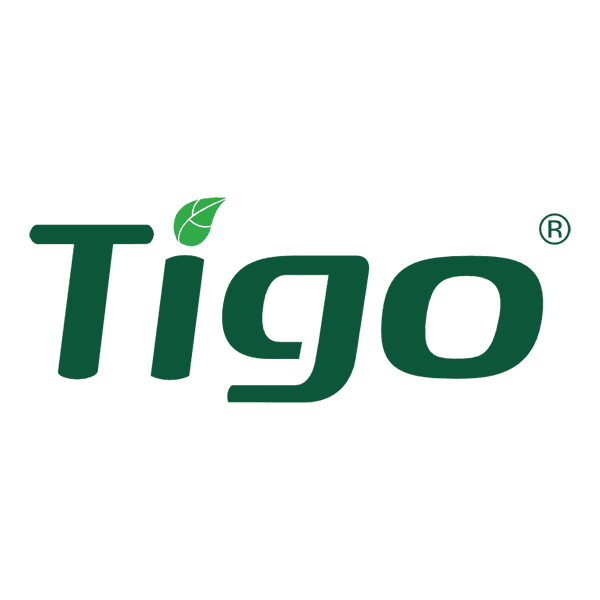FAQs
Solar Power
Frequently Asked Questions
A lot of the information out there on solar power systems, components and energy management and storage systems can be quite confusing to the solar newcomer. At Replenishable Energy, we like our customers to be informed about what is available, what is achievable and what the differences are between products, brands and systems.
We want to demystify the process for you, so you can understand your options and make informed decisions. To assist with this process, we’re pleased to provide the below Frequently Asked Solar Questions and Answers. If there’s something missing from here, don’t hesitate to contact us directly on (07) 4031 2251 / 1300 682 773 or email enquiries@replenishableenergy.com.au
Multiple solar photovoltaic (PV) panels, an inverter, a framing system to hold the panels in place and more recently, the addition of a solar battery storage unit, allowing you to store your solar power for use at a later time.
The solar PV panels are (generally) fitted on to a roof (can also be ground mounted) in a grid like pattern, angled to capture the maximum amount of sunlight for their position and aspect. From the sunlight, they produce direct current (DC) electricity which is then covered into alternating current (AV) through an inverter (more on this below). The solar power produced is consumed by the property to run appliances etc and when this ‘runs out’, it switches back to the electricity grid, to satisfy its needs. Unless you include solar battery storage as a part of your solar system, a grid-connected solar system is unable to store power in your home for use at night.
Solar PV modules convert sunlight into electricity which then passes through an inverter. There, the DC (Direct Current) electricity is changed into AC (Alternating Current) electricity. This electricity will be applied as needed, and any excess will be exported to your electricity grid for future use and/or stored in your solar battery for use when the sun isn’t shining.
Taking government rebates (STC) and current electricity costs into account, your solar system investment will be paid for in approximately 5-7 years through your energy savings.
Your solar system is required to switch off when there is a blackout. This prevents the inverter from exporting power back into the grid while technicians are working on the lines.
The amount of power your PV panels can produce is impacted by the amount of sunlight they can ‘see’, so yes, shade is an issue. The more shade there is, the less electricity your system can generate. Replenishable Energy will assess your individual ‘shade situation’ to provide the right advice and solar products to maximize your solar power generation capabilities. There are certain products which achieve greater results for shaded situation. Contact us today to arrange an obligation free site inspection on 1300 682 773.
Yes, depending on the size of your inverter. If you think you might increase the size of your solar system at a later date, it is better to install a larger inverter now. At Replenishable Energy we feel it’s better to future proof against your energy production and consumption requirements. New innovations and technologies are coming online all the time, think solar battery storage and electric cars. Install a larger inverter now to save additional costs later. Top tip: Choose high power producing panels (rather than lots of lower performing panels) which saves roof space for future expansion to meet demand.
Yes. Contact your insurance company to make sure your home and contents insurance covers your new solar system.
Yes, a solar system will add significant value to a house and safe guard against future electricity cost increases.
Yes, Small Scale Technology Certificates (STCs) are available. As of June 2016, this rebate offered around $4,000 towards the cost of a 5kW system. Rebate amounts change all the time. Talk to Replenishable Energy about this and be assured that we will create a superior solar solution for you, at the very best price. We take the STCs into account, meaning you pay less for your solar system installation.
Your solar system will occasionally need to be cleared of dirt, leaves and any other debris that could prevent sunlight from reaching the solar cells. Dirty solar panels are not able to produce maximum power levels.
Yes. A PV solar module is constructed of toughened glass to withstand a 25mm hailstone at terminal velocity.
Yes. We use superior framing and mounting systems to secure your solar panels to your roof. They are rated as being safe for cyclone conditions.
On average, around 7-8 square meters per Kilowatt.
Yes, you will need a new import-export meter installed. This is an additional cost to the supply and install of your solar system and should be discussed with your energy provider, being Ergon Energy.










